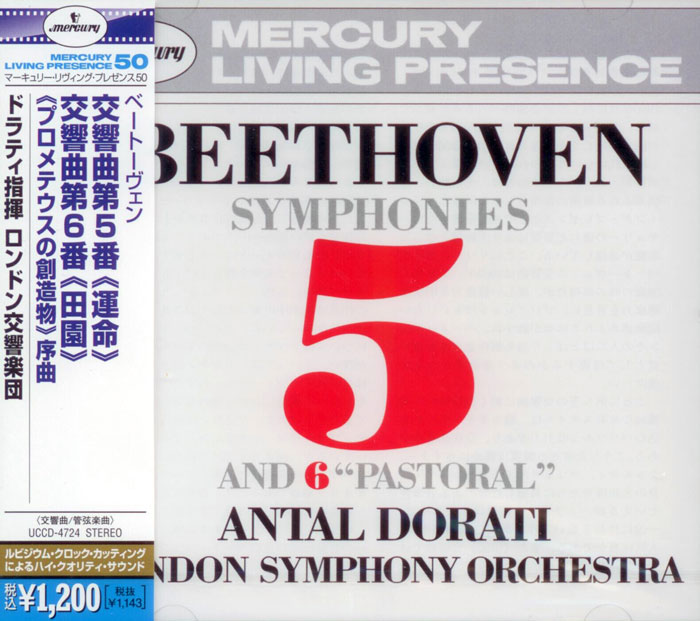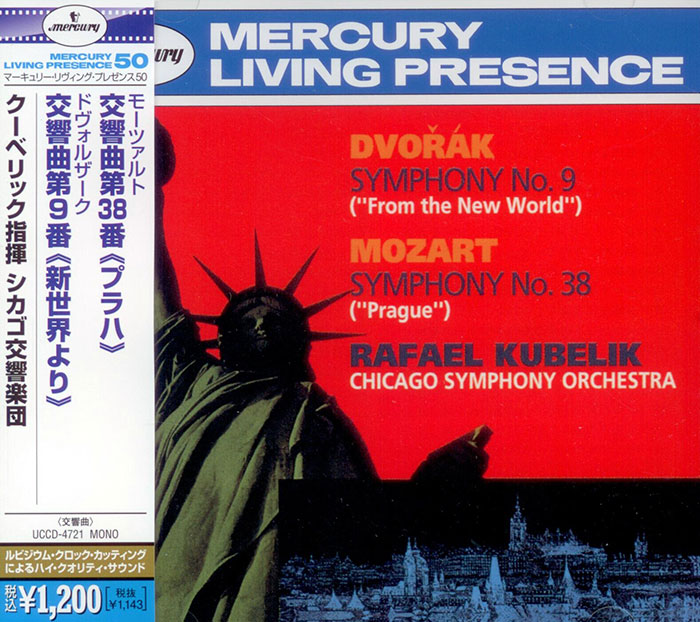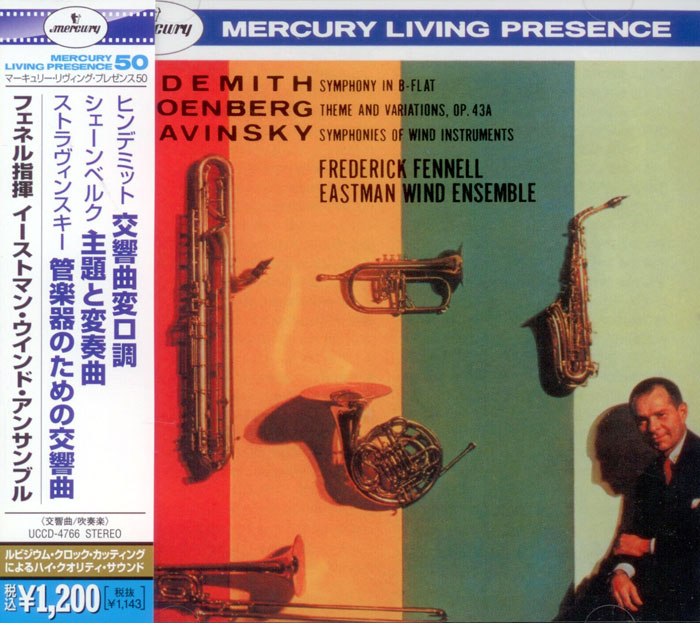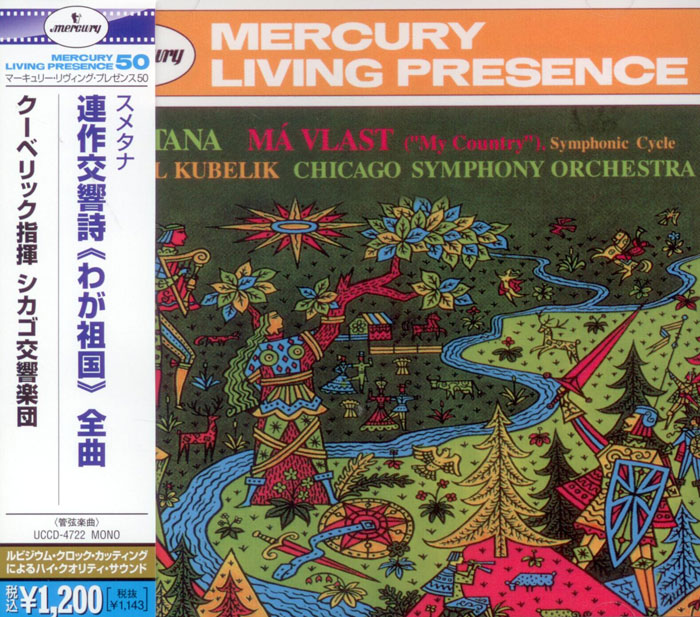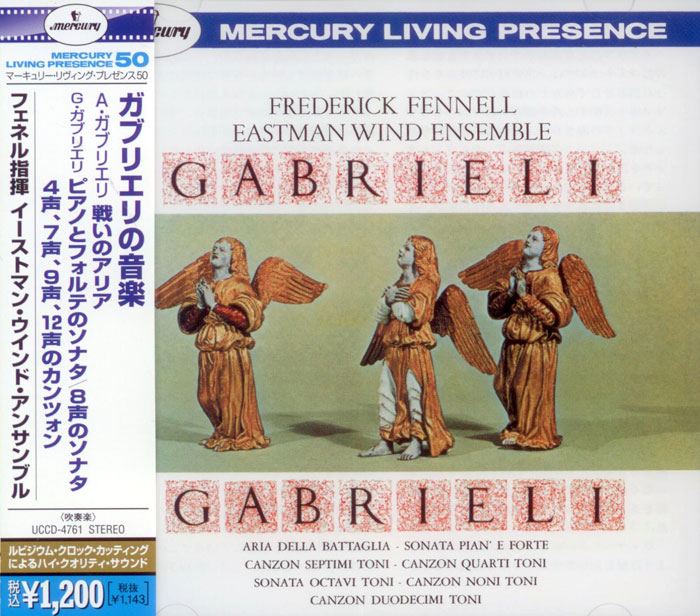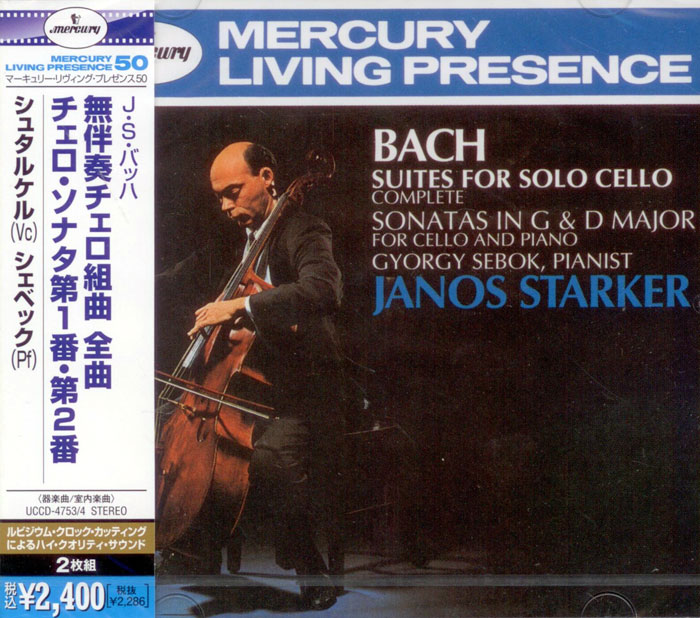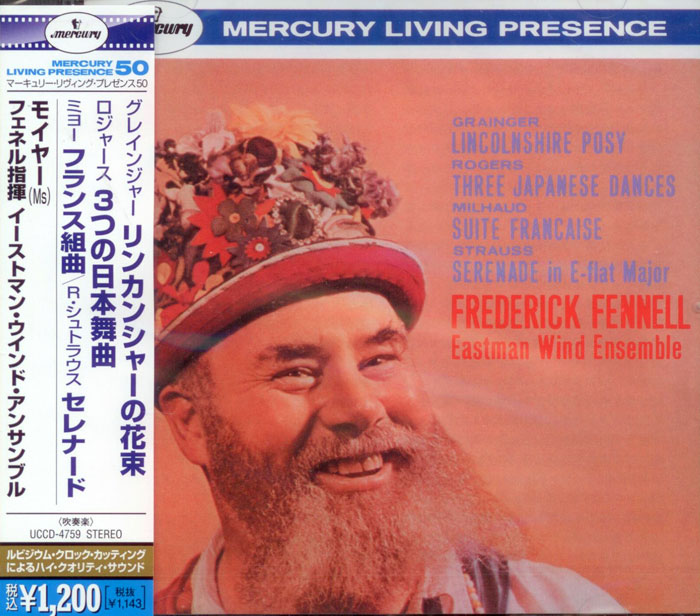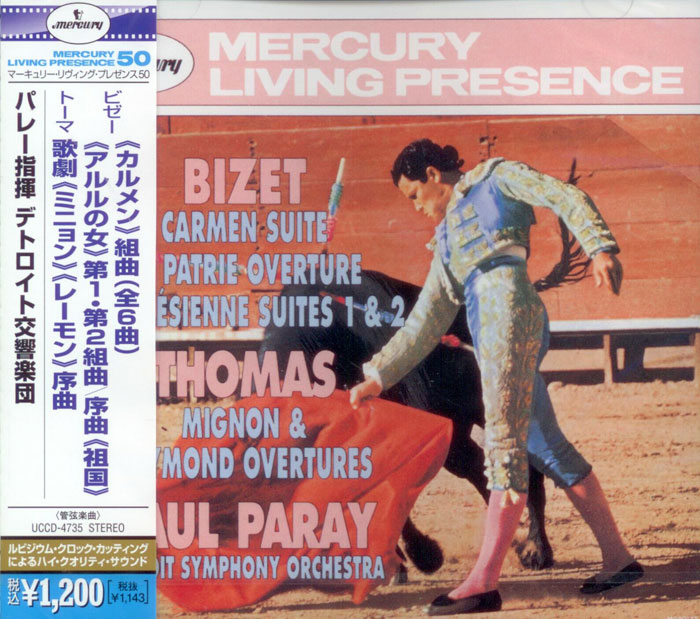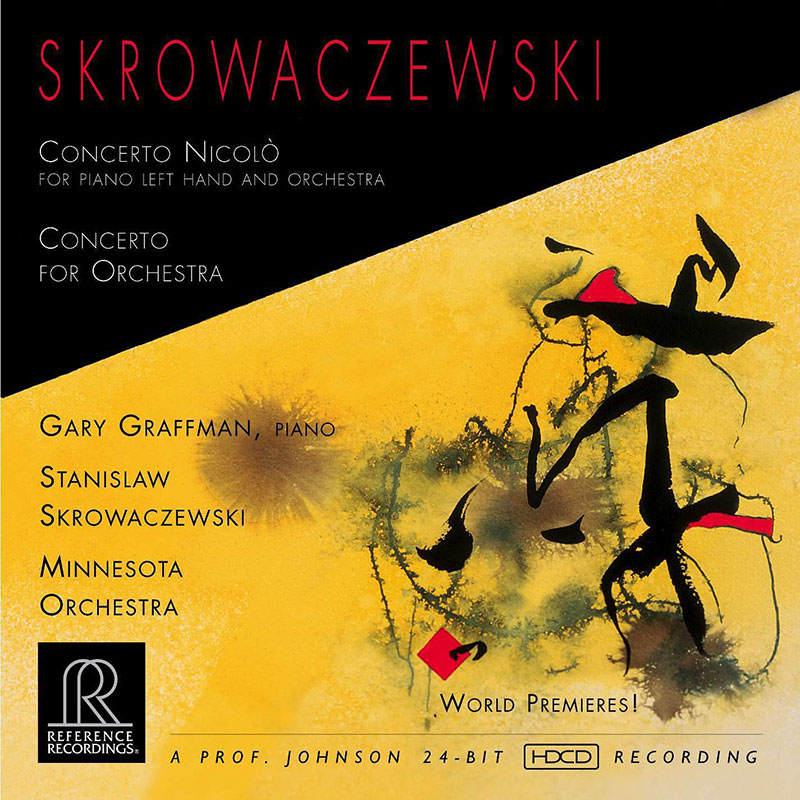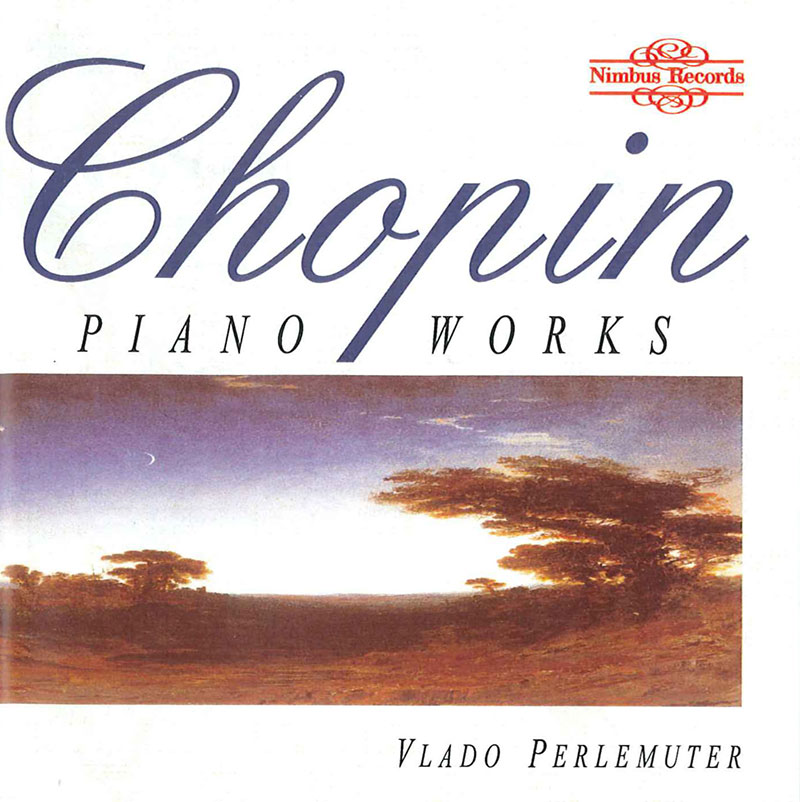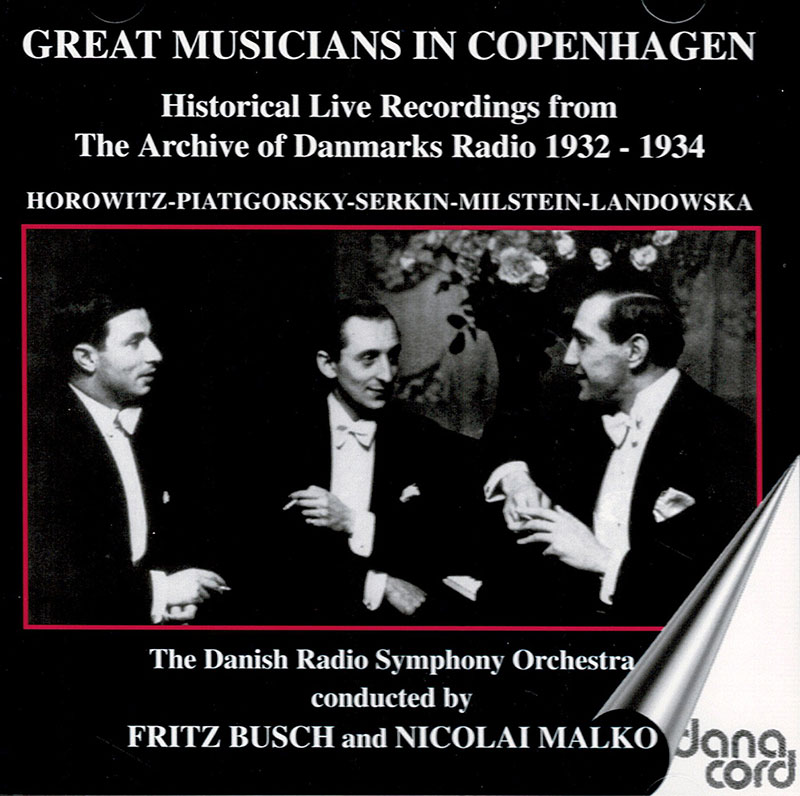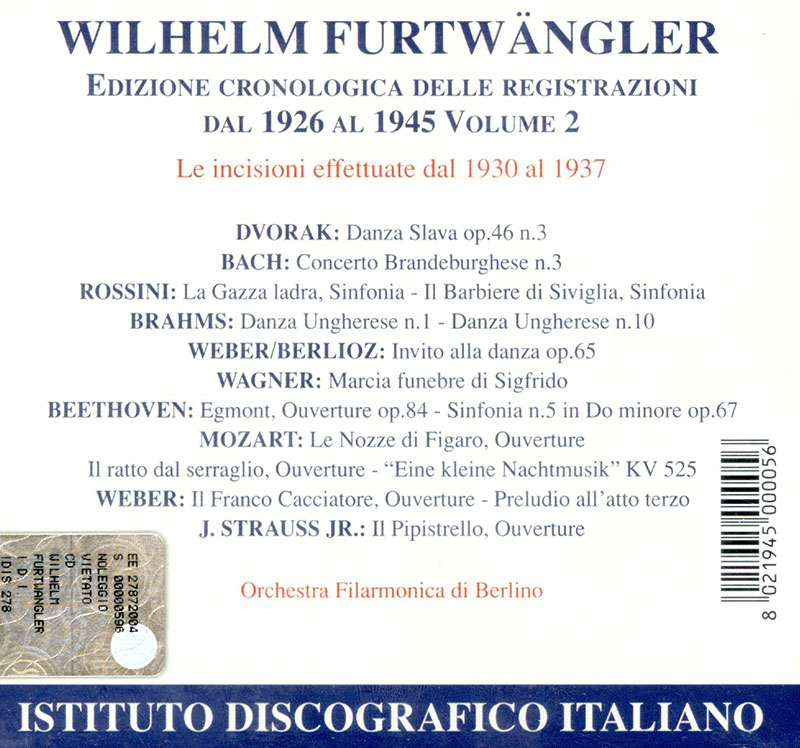Logowanie
Dlaczego wszystkjie inne nie brzmią tak jak te?
Chai Lang, Fan Tao, Broadcasting Chinese Orchestra
Illusive Butterfly
Butterly - motyl - to sekret i tajemnica muzyki chińskiej.
Brzmią jak sen na jawie
KHACHATURIAN, SHOSTAKOVICH, Antal Dorati, Stanislaw Skrowaczewski, The London Symphony Orchestra
Gayne / Symphony No. 5 in D minor, Op. 47
Stanisław Skrowaczewski,
Winylowy niezbędnik
ClearAudio
Cartridge Alignment Gauge - uniwersalny przyrząd do ustawiania geometrii wkładki i ramienia
Jedyny na rynku, tak wszechstronny i właściwy do każdego typu gramofonu!
ClearAudio
Harmo-nicer - nie tylko mata gramofonowa
Najlepsze rozwiązania leżą tuż obok
IDEALNA MATA ANTYPOŚLIZGOWA I ANTYWIBRACYJNA.
Osobowości
SKROWACZEWSKI, Stanislaw Skrowaczewski, Minnesota Orchestra
Concerto Nicolo for piano left hand and orchestra
WORLD PREMIERE!
DVORAK, BACH, ROSSINI, BRAHMS, WEBER, Wilhelm Furtwangler
Wilhelm Furtwängler. Chronological edition of the Recordings 1926-1945, Vol.2 (1930-1937)
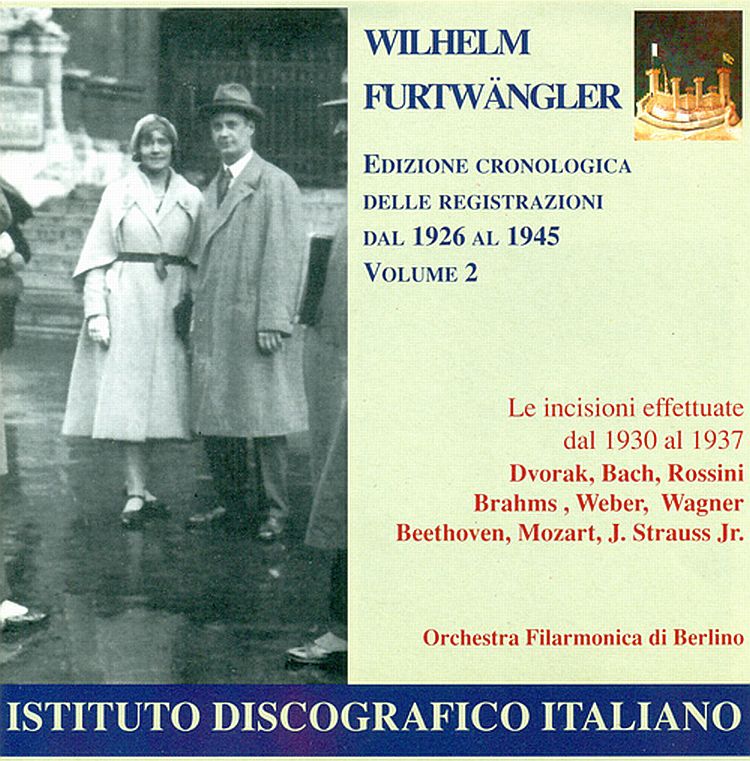
- Dvorak: Slavonic Dance op.46 n.2 - Bach: Brandenburg Concerto n.3 - Rossini: La Gazza ladra & Barbiere di Siviglia, Overtures - Brahms: 2 Hungarian Dances - Weber: Invitation to the dance - Der Freischutz, Overture - Beethoven: Symphony n.5 - Egmont, Overture - Mozart: 2 Overtures, Eine kleine Nachtmusik - J. Strauss jr. Die Fledermaus, Overture
- Wilhelm Furtwangler - conductor
- DVORAK
- BACH
- ROSSINI
- BRAHMS
- WEBER
"Wilhelm Furtwängler (January 25, 1886 – November 30, 1954) was a German conductor and composer. He is widely considered to have been one of the greatest symphonic and operatic conductors of the 20th century. During the 1920s and 1930s, Furtwängler became one of the leading conductors in Europe, as principal conductor of the Berlin Philharmonic from 1922, as principal conductor of the Gewandhaus Orchestra from 1922–26, and as a major guest conductor of other leading orchestras such as the Vienna Philharmonic. He was the leading conductor who remained in Germany during the Second World War, and although not an adherent to the Nazi regime this decision caused controversy for the rest of his life. The extent to which his presence lent prestige to the Third Reich is still debated. Furtwängler's interpretive art is well documented in commercial and off-air recordings and this has led to him being revered by a large number of musicians, critics and record collectors since his death. Furtwängler's conducting style is often contrasted to that of his older contemporary Arturo Toscanini, whose work during this period was also widely documented. Like Toscanini, Furtwängler was a major influence on many later conductors, and his name is often mentioned when discussing their interpretive style. Unlike Toscanini, Furtwängler sought a weighty, less rhythmically strict, more bass-oriented orchestral sound with more conspicuous use of tempo inflections not indicated in the printed score."






